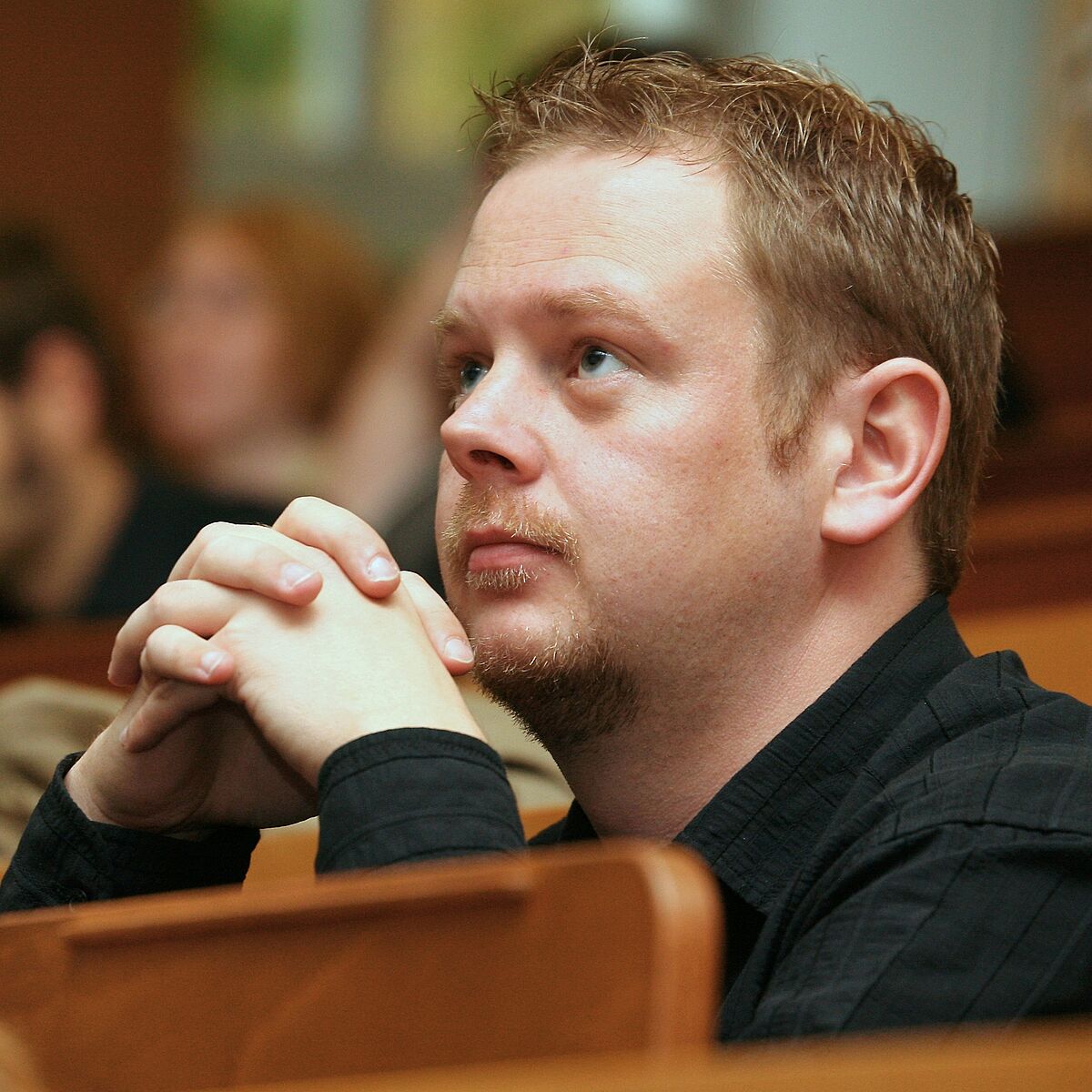Dipl.-Inf. Stefan Pauleweit
Member of the Research Training Group, 1.02.2009 - 31.01.2012
Stefan Pauleweit
University of Rostock
Department of Computer Science
Systems Biology and Bioinformatics
Ulmenstraße 69
18051 Rostock, Germany
Room 414a (Haus 3)
Phone: +49 (0) 381 498 7685
Fax: +49 (0) 381 498 7572
Email: sp173(at)informatik.uni-rostock.de
Topic
Cytoskeleton and Actin Polymerisation
Description
"My research is focused in the analysis of the spatial cytoskeleton forming process of osteoblasts under different conditions."
An important aspect in the interaction of bone-building cells (osteoblasts) to an artificial implant is the structural composition of the cytosceleton of these cells. The spatial actin formation is crucial for the appropriated function of these cells and can be influenced by the nanostructured surface design of the used implant material.
The modelling should answer the question, how a well defined geometrical nanostructure of a surface is acting to the spatial filament structure of a cell.
The tracking of the actin polymerisation using a computational model reduces the limitations of the snapshot microscopy and allows the dynamic observations to every time point. In consequence, the fine grained observation of the system response to different geometrical design and possible causes can be analysed. This may help to develop a new generation of implants.
Approach
I developed a new agent-based model for the actin polymerisation. Using the assumption, that the probability of the linkage of two actin molecules is dependent to the underlying surface design, the simulations show the spatial reproduction of the surface structure. This was also shown in experiments.
Results
Without using expensive experimental technologies, the clustering of the actin filament structure on a geometrical surface was successful reproduced by a model. The used principals will be extended by adding other involved proteins, like Arp2/3, and high scaled simulations using a big number of molecules. The model will allow a prediction of the cell behaviour on unknown surface designs.
Publications
Journal:
PAULEWEIT, S., NEBE J. B. and WOLKENHAUER, O., 2013. Agent-based simulation of molecular processes. An application to actin-polymerisation. Simulation and Modeling Methodologies, Technologies and Applications Advances in Intelligent Systems and Computing, 197, pp. 183-191. DOI: 10.1007/978-3-642-34336-0_12.
Conferences:
VAN RIENEN, U., APPALI, R., BADER, R., BAUMANN, W., BECK, U., BEHREND, D., BENECKE, R., BIALA, K., BIRKHOLZ, H., BURKEL, E., ENGEL, G., GIMSA, J., GIMSA, U., GONGADZE, E., GRÜNBAUM, A., HABA, Y., LIESE, F., LIU, B., LÜDER, M., MATSCHEGEWSKI, C. and MITTELMEIER, W., MIX, E., NEBE, J.B., NOWAK, K.A., PAHNKE, J., PAU, H.W., PAULEWEIT, S., PETERSEN, S., POLNICK, S., REIMER, T., ROTT, G., SALOMON, R., VINTER, E., WEIHE, T., and WOLKENHAUER, O., 2010. Analysis and Simulation of Electrical Interactions of Implants with Biosystems, Biomedical Engineering, 55 (1), pp. 167–170, 2010, ISSN (Online) 1862 -278X, ISSN (Print) 0013-5585, DOI: 10.1515/BMT.2010.543.
Supervisors
In addition to the entire graduate school, my supervisors are:

